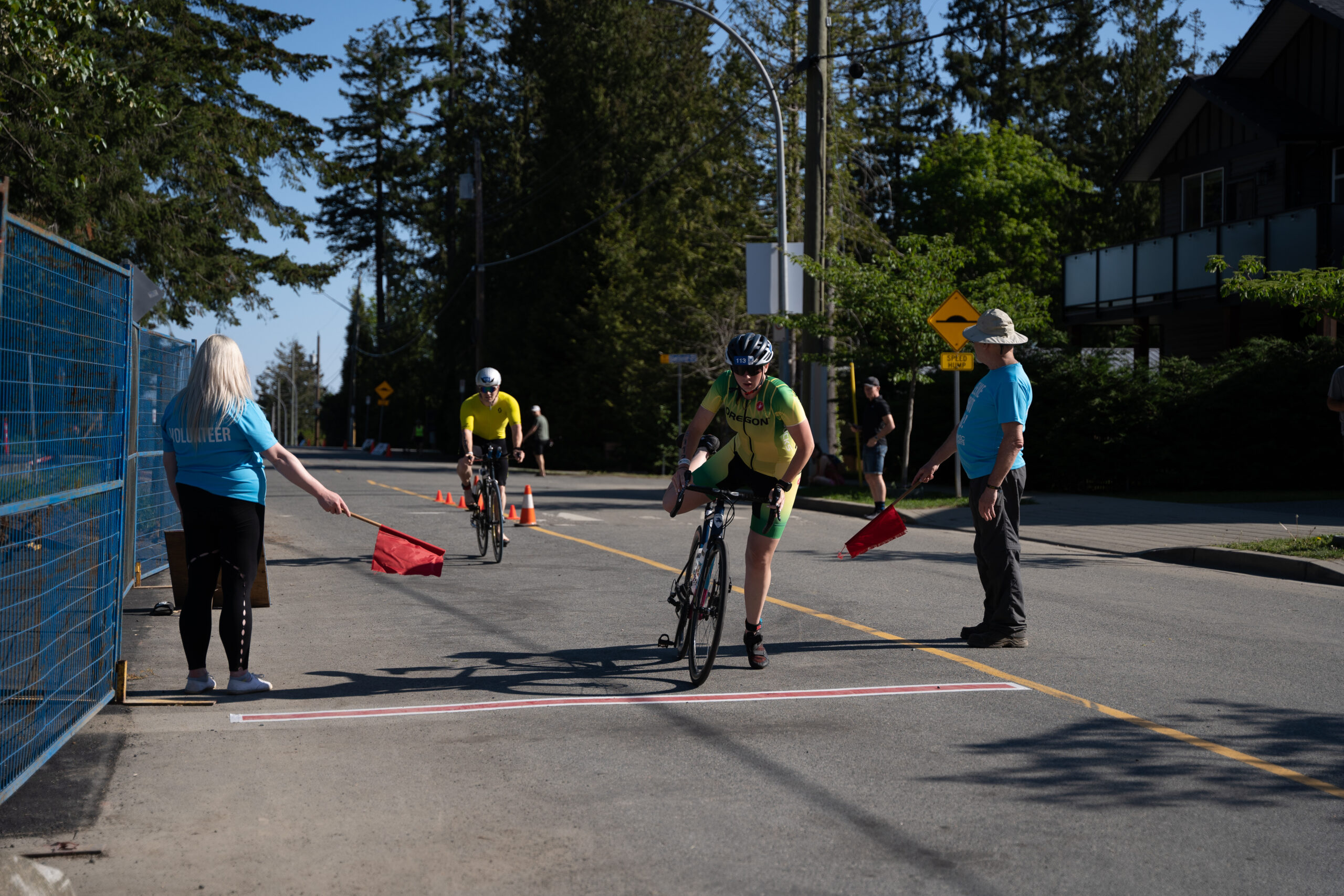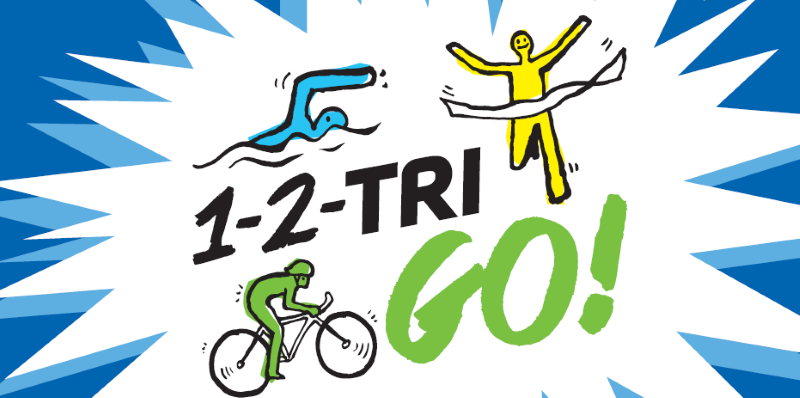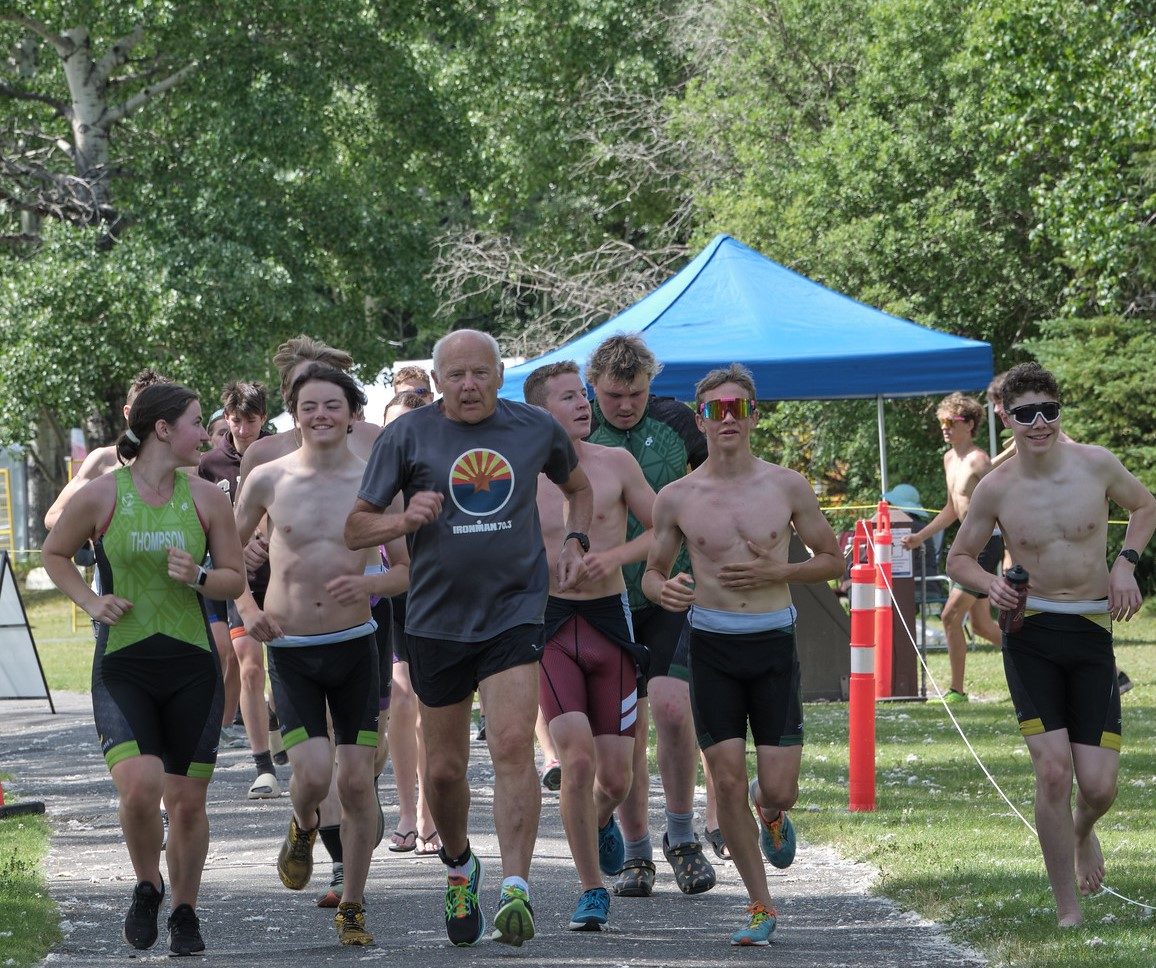10 Common Triathlon Rules People Ignore
or Don’t Know (In Laymans Terms)
1. Bike helmets securely fastened [ Rule 7.1 a.) ]
You must have your bike helmet on and fastened before removing your bike from the bike rack.
Upon returning to transition the helmet must remain fastened until you place the bike back on
the rack.
The strap must be secured so that the helmet can not be easily removed while fastened.
As a guide, There should be no more than two fingers inserted between the strap and the chin
and it should not be able to be slipped over the chin without unbuckling.
If you do unbuckle or remove your helmet, a Race Official will ask you to stop, put the helmet
back on and buckle it before allowing you to continue.
2. Wearing Swimskins [ Rule 4.11 c.) ]
When wetsuits are not permitted, a swimskin may be worn. However, in Standard and shorter
distance races, they cannot be removed after the swim. They must be worn for duration of the
race.
They may be removed in middle and long distance races.
3. Riding side-by-side on the bike course [ Rule 5.7 ]
It is considered BLOCKING.
While it can be fun to participate with a friend and ride together, it is not allowed.
You cannot restrict the ability of another cyclist to pass safely on the left side.
A Race Official may ask you to correct your riding position. Or, they may give you a time penalty.
4. Riding too close to the cyclist ahead of you [ Rule 5.5 ]
This is called drafting.
Drafting is when a following cyclist is taking advantage of the aerodynamic draft zone of created
by the cyclist ahead of them.
For a Sprint or Standard Distance race, you must remain 10m (roughly 6 bike lengths) behind the
cyclist ahead unless you are in the process of passing. You have 20 seconds to complete a pass
or it is considered drafting. The passed cyclist must then drop back out of the draft zone.
For Half and Full distance races, the zone extends to 12m.
A Race Official will speak to you and assess a time penalty for drafting.
5. Wearing headphones [ Rule 6.4 a.) ]
You may not use any form of listening or communication device during a race.
A Race Official will ask you to stop and remove the device. The Race Official may take possession
of the headphones until the race is complete.
6. Bare torso [ Rules 5.1 a.) (ii) and 6.1 a.) (iv) ]
It’s summer. It’s hot. You want to race with your shirt off.
But it’s against the rules. Everyone must have their torso covered during the bike and run
segments of the race.
7. Marking your spot in Transition [ Rule 7.1 r.) ]
Marking your spot in Transition (so you can easily find it later) is not allowed.
This includes using colourful towels, baby powder on the ground, flags, balloons and teddy
bears.
Race officials will remove these items and the athlete will not be told.
8. Wearing your race number/bib on the run [ Rule 2.9 c.) (i) ]
While it is not required to wear the race bib on the swim or the bike. It is required to be worn
facing the front on the run.
Race Belts are affordable, can be purchased at most running stores and make putting it on a lot
easier that using pins.
9. Misunderstanding the mount / dismount line [ Rules 7.1 j.) and l.) ]
When leaving transition out onto the bike course you cannot mount your bike until one foot has
completely stepped across the mount line.
When returning to transition from the bike course, you must have one foot clearly on the
ground BEFORE you cross the dismount line.
Essentially, any time you are on the Transition side of the line, you cannot be on your bike.
A Race Official may assess a time penalty or ask you to stop while they explain the rule to you.
10. No outside assistance [ Rule 2.2 ]
During the race you must be completely self-sufficient. Nobody other than active athletes, race
volunteers and officials may provide any form of assistance to you. Assistance from other
athletes cannot render them unable to complete the race.
This includes (but is not limited to) accepting food or drink from spectators, handing off clothing
or equipment to your friends, having a spectator change your flat tire and being given another
athletes bike to complete the race.
Please refer to the official rules for full descriptions and more information:




